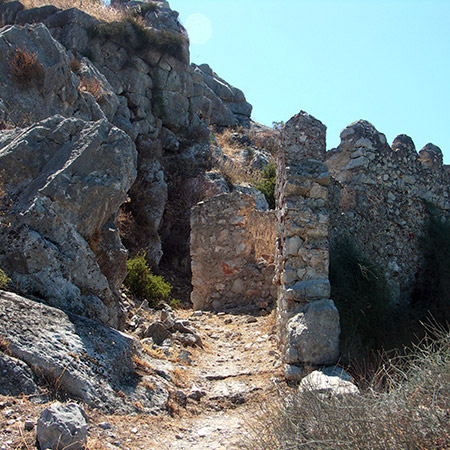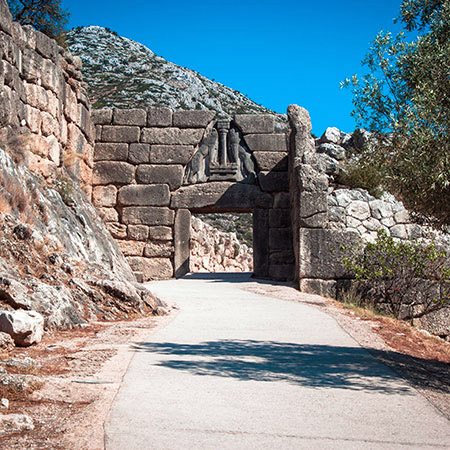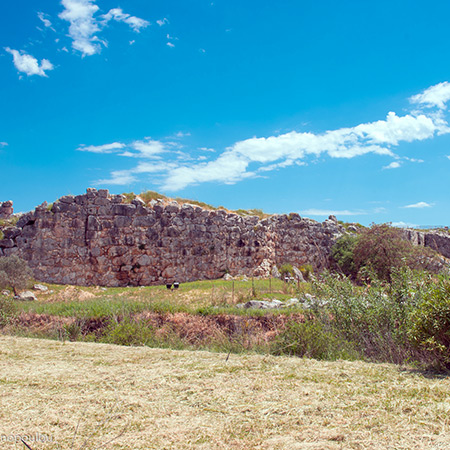
Ancient
Mycenae
Centre of the Mycenaean civilization and an advanced citadel
The site of
Ancient Mycenae

MYCENAE ANCIENT SITE
Mycenae, an ancient city in the northeastern Peloponnese and an archaeological site in close proximity to Tolo, was a major center of Greek civilization during the late Bronze Age. It is famously associated with the Homeric epics, particularly the tales of King Agamemnon who led the Greeks during the Trojan War.
The site is characterized by its imposing Lion Gate, massive cyclopean walls, and the impressive beehive tombs, such as the Treasury of Atreus. Excavations have revealed royal grave circles, filled with a wealth of artifacts including gold masks, weapons, and intricate jewelry, providing a glimpse into the opulence of Mycenaean society.

ENTRANCE TO BEEHIVE TOMBS
The beehive tombs, also known as tholos tombs, in the arcaheological site of ancient Mycenae are among the most impressive and significant archaeological structures from the Mycenaean civilization. These tombs, built between 1500 and 1300 BCE, are characterized by their distinctive conical shape, constructed using a corbel arch technique that creates a dome-like appearance. The archaeological Museum of Mycenae houses artifacts excavated from the tombs and surrounding areas. Highlights of the collection include intricately designed pottery, weapons, tools, and jewelry, which provide insights into the daily life, trade, and artistic achievements of the Mycenaeans. Notable exhibits also feature Linear B tablets, which are among the earliest examples of Greek writing, offering valuable information about the administrative practices of the time Mycenae is not only an archaeological treasure trove but also a testament to the early development of Greek urban and architectural prowess.
NEARBY
POPULAR SITES
See some other interesting places close to Tolo, explore archaeological sites in the Nafplio area or see our beaches in Argolida page for some inspiration…





